Chosen theme: Backpacks and Hydration Systems for Mountain Bikers. Explore smart packing, hydration know-how, and trail-tested comfort so your rides feel lighter, safer, and longer. Share your setup in the comments, subscribe for fresh tips, and join riders refining their carry for every climb and descent.

Short spins and park laps often feel perfect with 3–8 liters, day rides prefer 8–14 liters, and big alpine pushes may need 14–20 liters. Consider seasonal layers, camera gear, and your repair kit depth. Share your favorite capacity and why it works where you ride.

Measure torso length, not just height, to prevent a pack from riding up on rough descents. Women-specific patterns sometimes use narrower shoulders, contoured straps, and tilted hip belts for comfort. Test sternum strap placement seated on your bike to avoid pressure points while breathing hard.
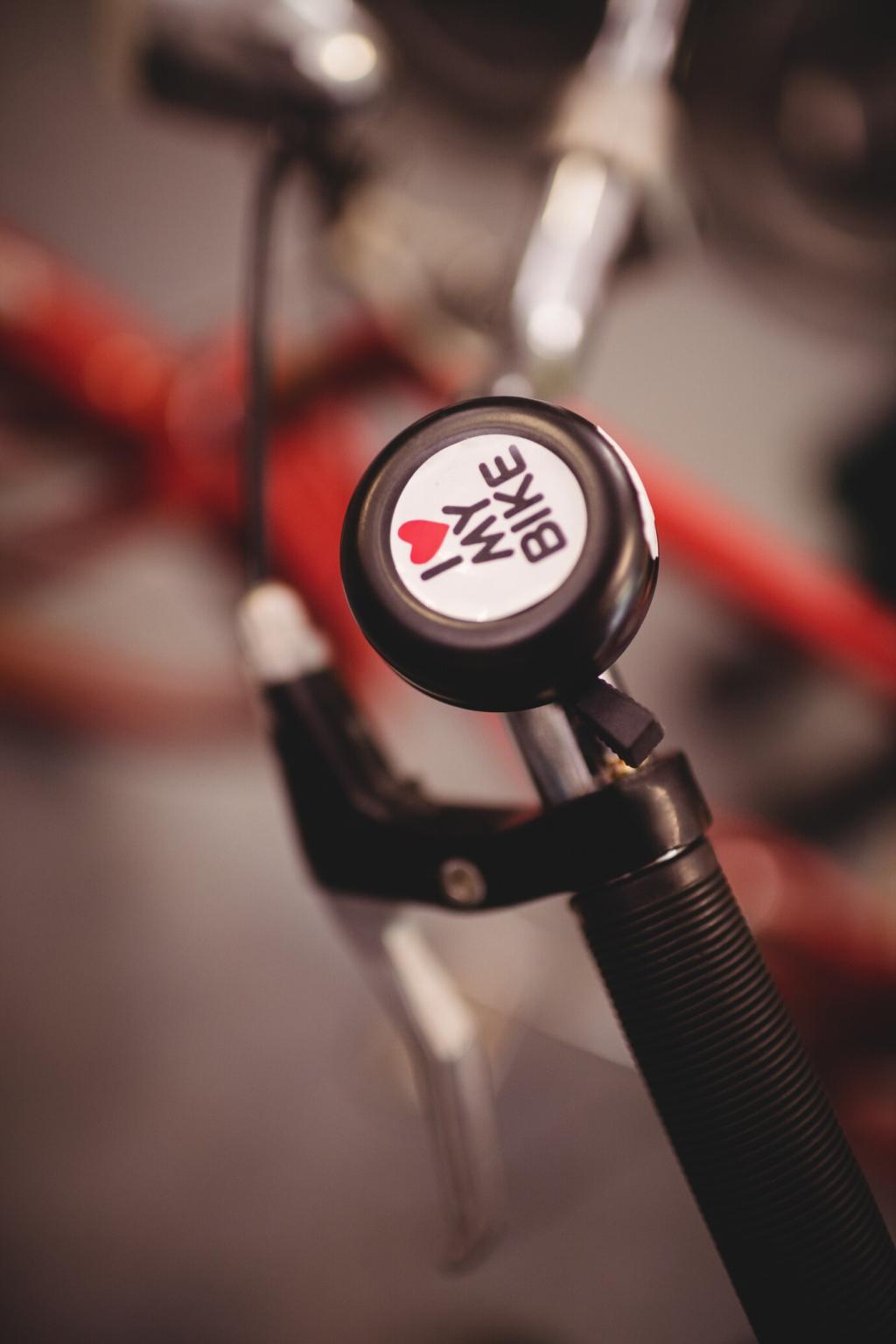
Place dense items close to the spine and centralize weight to keep the bike responsive. Heavy tools low stabilize the pack, while water weight centered reduces sway. Use compression straps to pull everything tight. Try a driveway test: hop curbs, sprint, and notice any bounce before heading out.
Hydration Systems: Bladders, Bottles, and Hose Management
Reservoir Materials, Bite Valves, and Flow
TPU and PEVA reservoirs balance durability with taste neutrality. Look for valves with on–off switches, dust covers, and comfortable angles for quick sips on technical sections. High-flow valves reduce effort when breathing hard, and insulated hoses can slow freezing or overheating during shoulder-season adventures.
Hose Routing, Magnetic Catch, and Access on Technical Sections
Route the hose on your preferred side to avoid shifting cables and shoulder rub. Magnetic or clip catches near the sternum strap keep the hose quiet and reachable. Practice one-handed sipping on mellow terrain first. A tidy hose equals fewer distractions when roots suddenly stack ahead.
When Bottles Beat Bladders
Cold days and short laps favor bottles for quick refills and simpler cleaning. Side pockets with grippy access help, and a frame-mounted bottle frees pack space for layers. Many riders stash electrolytes in a bottle and plain water in a bladder, simplifying intake and reducing lingering flavors.
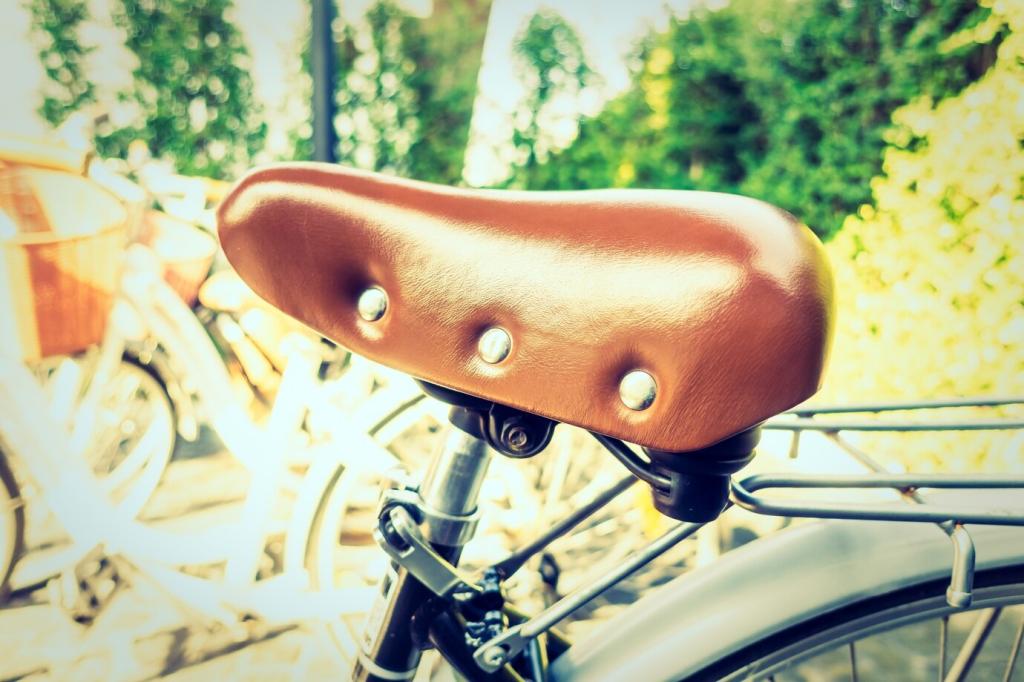
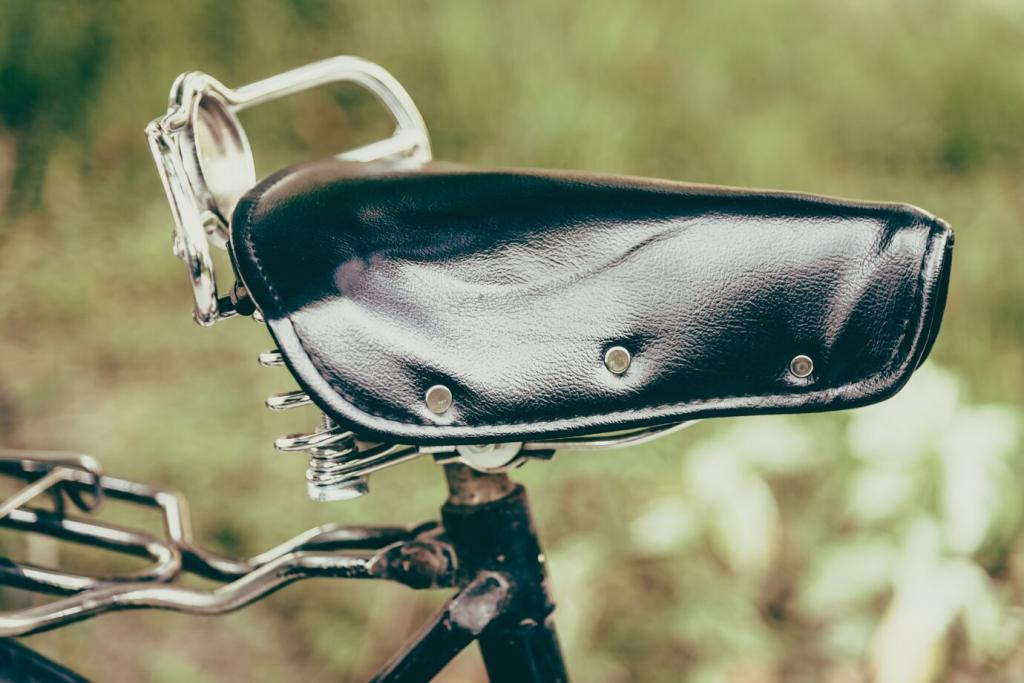
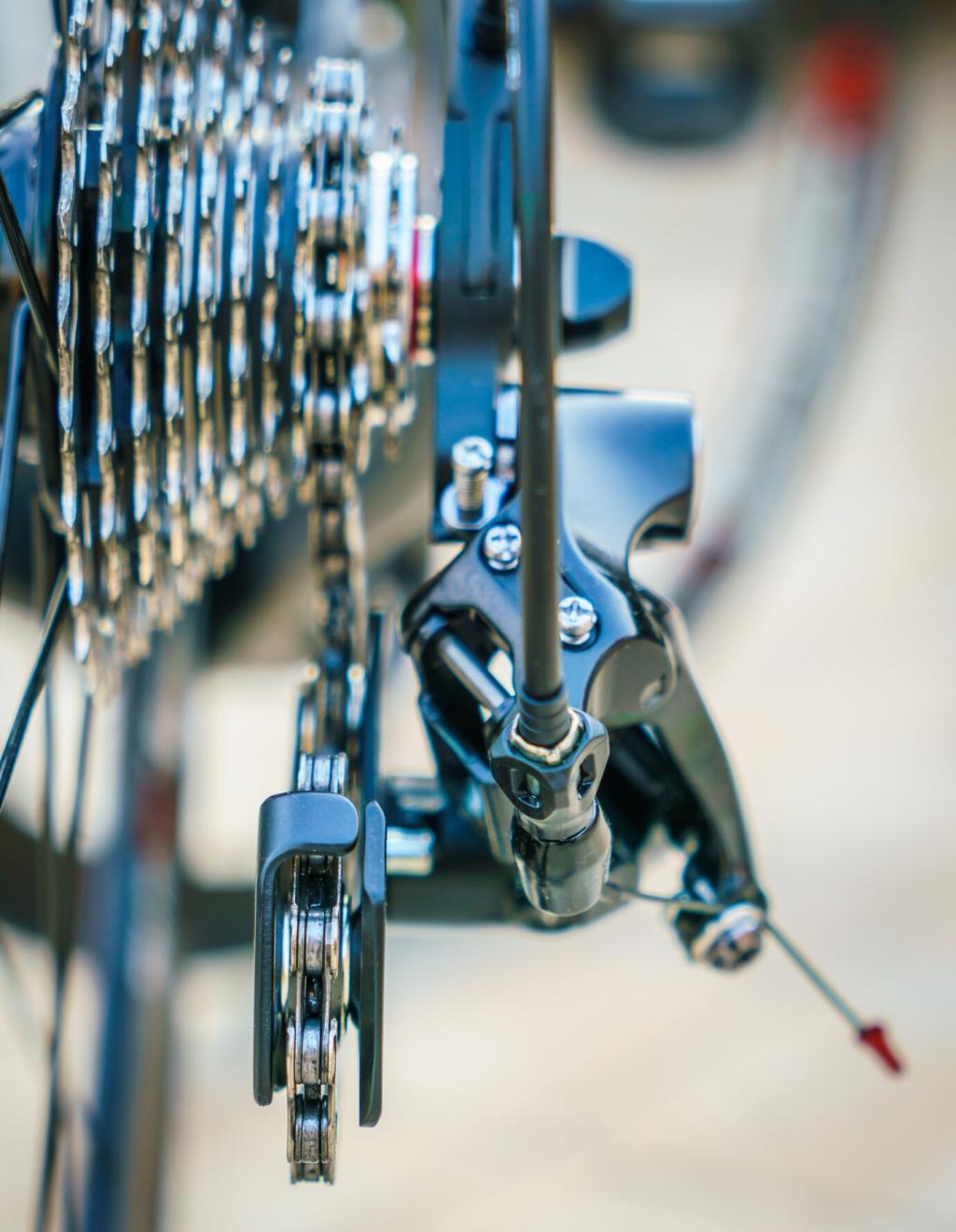
Smart Packing: Tools, Layers, and Nutrition
Keep a multitool, a small snack, and your phone in outer pockets you can reach without unpacking everything. Glove-friendly zippers and bright liners help under tree shade. A soft pocket protects lenses. Label pockets mentally so you never hunt while friends wait at the trail junction.
Smart Packing: Tools, Layers, and Nutrition
A dedicated tool roll prevents rattles, keeps sharp edges contained, and moves easily between packs. Built-in organizers reduce forgotten items and speed repacking. Consider a tiny parts pouch for bolts and plugs. Whatever you choose, consistency builds muscle memory when flat tires or chain fixes get urgent.
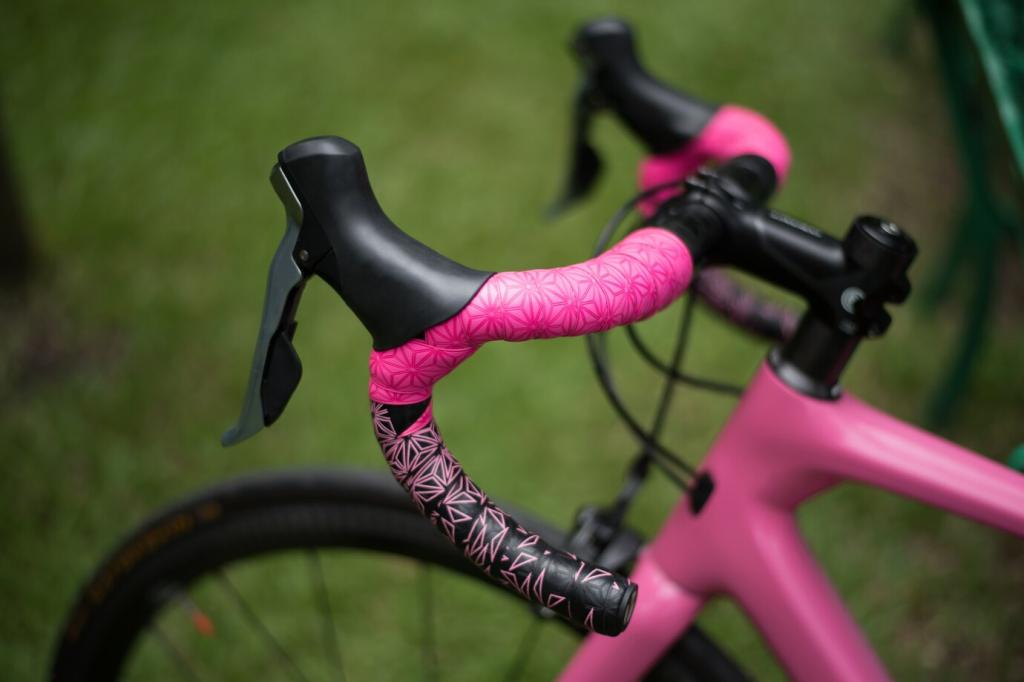
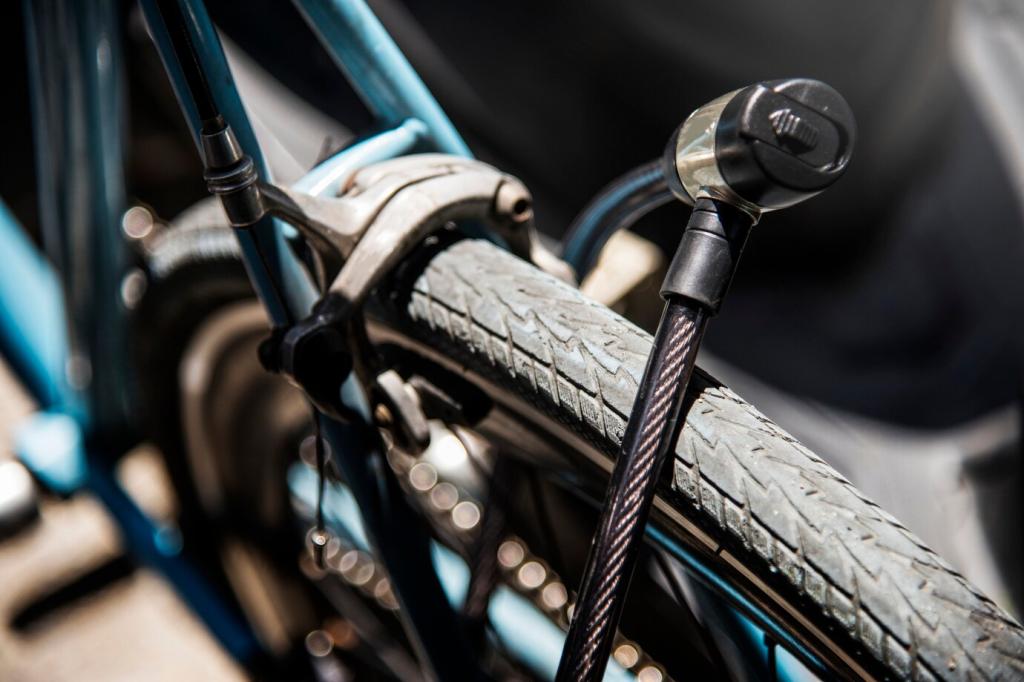
Drying and Deodorizing Reservoirs
Open the reservoir fully and hang it wide to dry with a hanger or drying frame. Baking soda solutions help neutralize stubborn tastes. Some riders freeze clean, dry reservoirs between uses to discourage growth. Avoid leaving sweet mixes inside—rinse thoroughly and let everything air out overnight.
Filtration, Purification, and Refilling on the Trail
If refilling from streams, combine filtration and purification when sources are questionable. Squeeze filters are quick, chemical drops are light, and UV pens are fast for clear water. At camp, gravity filters shine. Treat unknown sources every time, and share your trusted method for your local terrain.
Stories from the Trail: Lessons in Hydration and Carry
I once left a hose too long, and it snagged my bar during a surprise compression. A near-crash lesson: trim to chest height and use a firm catch. Since then, sips are quick, quiet, and drama-free. What length works best for you, and why?
Stories from the Trail: Lessons in Hydration and Carry
A friend cramped hard, another ran dry, and the valley air baked. One spare two-liter bladder spared the day. We rationed, cooled necks, and limped out laughing. Extra water felt heavy early, priceless later. Have you ever saved a ride with backup hydration?
Stories from the Trail: Lessons in Hydration and Carry
With the valve left open, every bump pumped a tiny fountain down my jersey. Now I run a pre-ride checklist: lock valve, clip hose, compress straps. Habits prevent hassles. Share your own checklist items so new riders avoid the same soggy mistake.
Sustainability and Durability in Trail Packs
Durable nylons in 210D or 420D balance weight and abrasion resistance, while reinforced panels handle pedal rub and the occasional slide. Recycled fibers and modern water-repellent finishes add responsibility without sacrificing performance. Inspect seams and zippers after muddy rides—they tell the truth about long-term durability.
